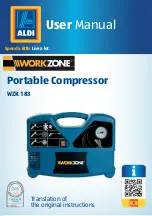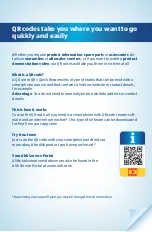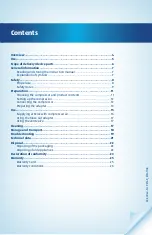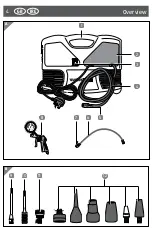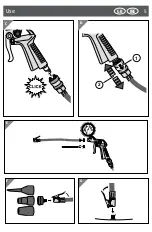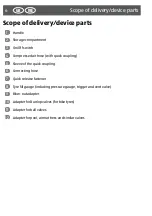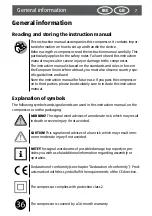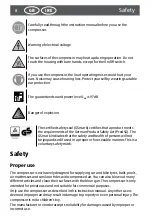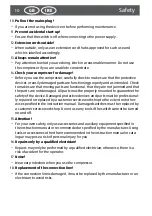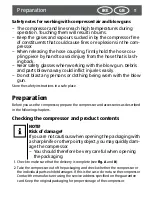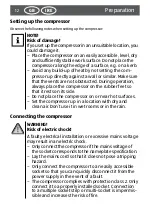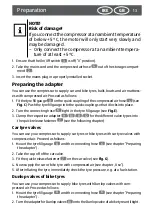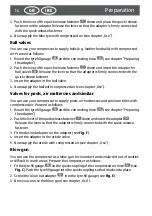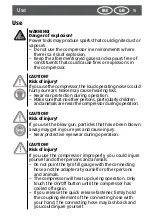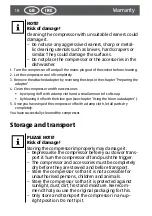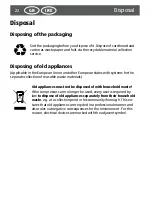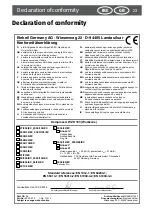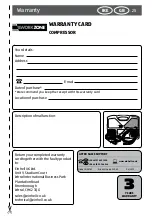
13
Preparation
GB
IRE
NOTE!
Risk of damage!
If you connect the compressor at an ambient temperature
of below +5 °C, the motor will only start very slowly and
may be damaged.
− Only connect the compressor at an ambient tempera-
ture of at least +5 °C.
1. Ensure that the On/Off switch
3
is off (“0” position).
2. Take the mains cord and the compressed air hose
4
out of the storage compart-
ment
2
.
3. Insert the mains plug in a properly installed socket.
Preparing the adapter
You can use the compressor to supply car and bike tyres, balls, boats and air mattress-
es with compressed air. Proceed as follows:
1. Fit the tyre fill gauge
8
on the quick coupling of the compressed air hose
4
(see
Fig. C
): Push the tyre fill gauge into the quick coupling so that it locks into place.
2. Turn the connecting hose
6
tight in the tyre fill gauge (see
Fig. E
).
3. Clamp the respective adapter
9
/
10
/
11
/
12
for the different valve types into
the quick release fastener
7
(see the following chapter).
Car tyre valves
You can use your compressor to supply car tyres or bike tyres with car tyre valves with
compressed air. Proceed as follows:
1. Mount the tyre fill gauge
8
and the connecting hose
6
(see chapter “Preparing
the adapter”).
2. Take the cap off of the car valve.
3. Fit the quick release fastener
7
on the car valve (see
Fig. G
).
4. Now supply the car or bike tyre with compressed air (see chapter „Use“).
5. After inflating the tyre, immediately check the tyre pressure, e.g. at a fuel station.
Dunlop valves of bike tyres
You can use your compressor to supply bike tyres with Dunlop valves with com-
pressed air. Proceed as follows:
1. Mount the tyre fill gauge
8
and the connecting hose
6
(see chapter “Preparing
the adapter”).
2. Turn the adapter for Dunlop valves
10
onto the Dunlop valve of a bike tyre until tight.
Summary of Contents for WorkZone WZK 183
Page 4: ...A B 1 2 3 4 6 5 7 10 11 12 9 8 4 Overview GB IRE...
Page 5: ...C D G E F 1 2 5 Use IRE GB...
Page 24: ...24 IRE GB...

